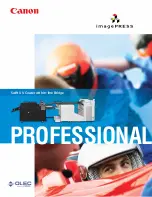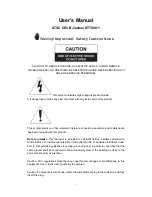
Functional characteristics
Welding programs
099-00T500-EW501
2.9.2022
29
5.2.3 AC welding
The welding of aluminium and aluminium alloys is made possible by the periodic change of polarity on the
tungsten electrode.
The negative pole (negative half-wave) of the tungsten electrode determines the penetration characteris-
tics and has a lower electrode load compared to the positive half-wave. The negative half-wave is also
called "cold half-wave".
Whereas the positive polarity, i.e. the positive half-wave, breaks up the oxide layer on the material
surface (the so-called cleaning effect). At the same time, the tungsten electrode tip melts into a ball (the
so-called balled end) due to the high thermal effect of the positive half-wave. The size of the balled end
depends on the length (balance setting
> see 5.2.3.3 chapter
) and the current amplitude (amplitude ba-
lance
> see 5.2.3.4 chapter
) of the positive phase. It should be noted that a balled end that is too large
may lead to an unstable and diffuse arc resulting in a low penetration profile. Therefore, the relationship
between the current amplitude and the balance of the task must be adjusted accordingly.
5.2.3.1 Alternating current waveforms
Selection
4s
Figure 5-6
Display
Setting/selection
Alternating current waveforms
1
------- Rectangular - Highest energy input (ex works)
------- Trapezoidal - An all-rounder, suitable for most applications
------- Sine - Low noise level
1
for AC welding machines only.
















































